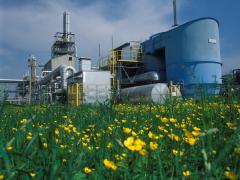What do near-term observations tell us about long-term developments in greenhouse gas emissions
Long-term scenarios developed by integrated assessment models are used in climate research to provide an indication of plausible long-term emissions of greenhouse gases and other radiatively active substances based on developments in the global energy system, land-use and the emissions associated with these systems. The phenomena that determine these long-term developments (several decades or even centuries) are very different than those that operate on a shorter time-scales (a few years).
Abstract Letter
The phenomena that determine long-term developments are very different than those that operate on a shorter time-scales. Nevertheless, in the literature, we still often find direct comparisons between short-term observations and long-term developments that do not take into account the differing dynamics over these time scales. In this letter, we discuss some of the differences between the factors that operate in the short term and those that operate in the long term. We use long-term historical emissions trends to show that short-term observations are very poor indicators of long-term future emissions developments. Based on this, we conclude that the performance of longterm scenarios should be evaluated against the appropriate, corresponding longterm variables and trends. The research community may facilitate this by developing appropriate data sets and protocols that can be used to test the performance of longterm scenarios and the models that produce them.
Authors
Specifications
- Publication title
- What do near-term observations tell us about long-term developments in greenhouse gas emissions
- Publication date
- 26 October 2010
- Publication type
- Publication
- Magazine
- Climatic Change, Volume 103, pages 635-642
- Product number
- 92535




